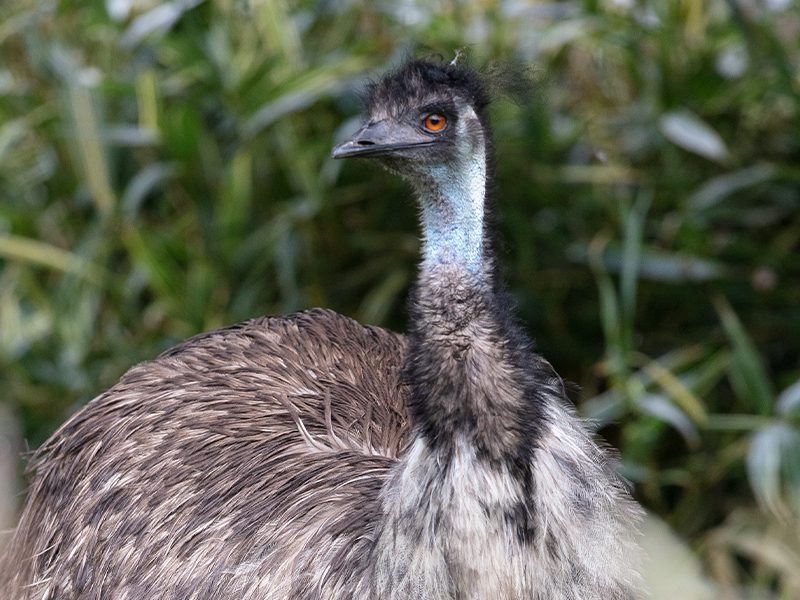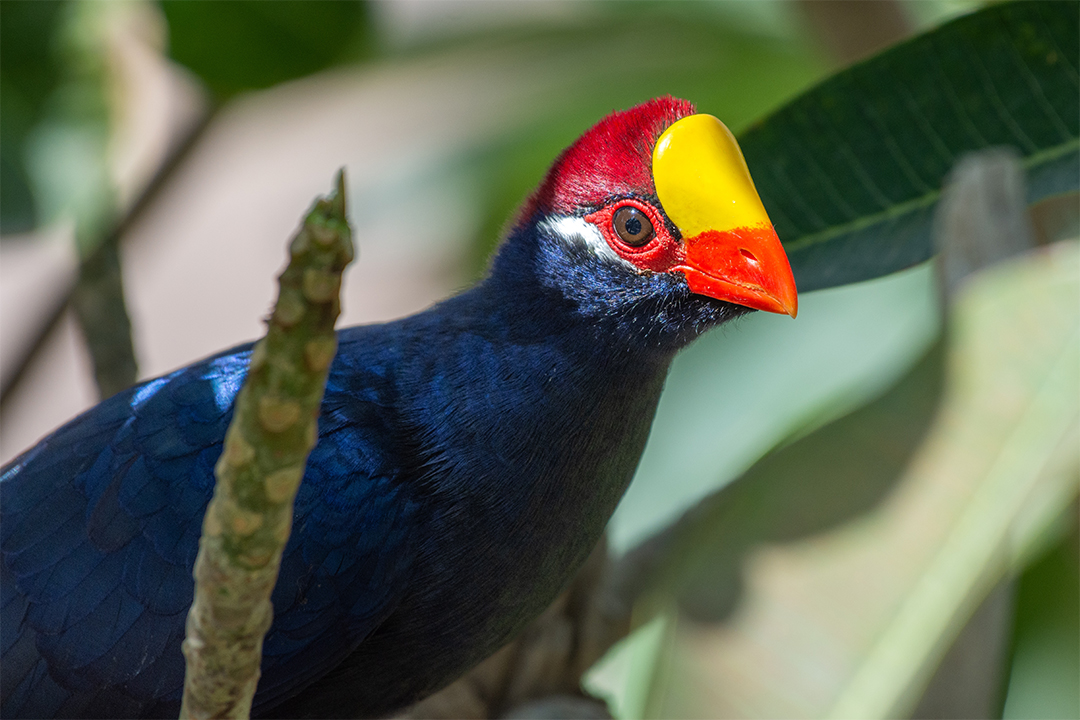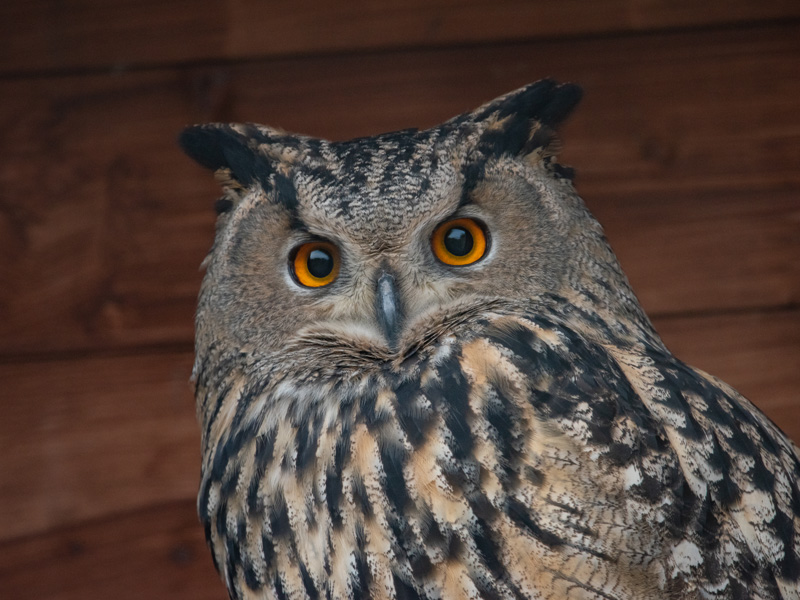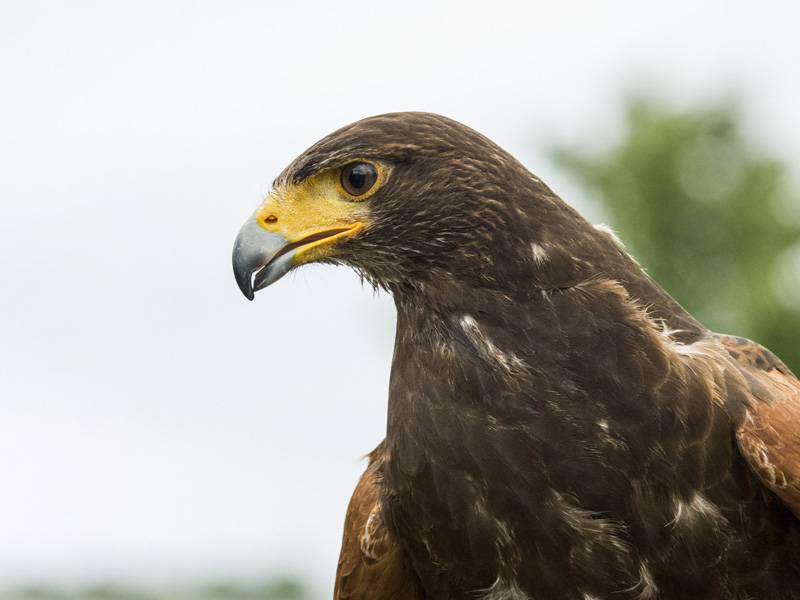White-headed vultures fly lower than other vultures and will generally arrive first to a carcass. They mostly live alone as solitary scavengers.
They get their name from the covering of white, downy feathers on their head. They are one of the most colourful of the old-world vultures. Bare pink skin covers their face, cheeks, eye ring, chin and shades into lilac on the neck. Their body, tail and wing feathers are black with white feathers covering their stomach and thighs leading to pink legs. They have few feathers on their head and neck, allowing them to reach meat deep inside carcasses without difficulty.
White-headed vultures can soar for hours in search of food. They are slightly different to other vultures as they are much shier and will avoid the feeding frenzy at a carcass and feed alone at its edge. They will roost in acacia trees and are somewhat solitary, in comparison to the social nature of other old-world vultures.

Popular Searches

White-headed vulture
For more info on classifications visit
www.iucnredlist.org
-
Introduction
-
Conservation
White-headed vultures are critically endangered.
Deliberate poisoning to stop vultures drawing attention to poaching activities along with capture for use in traditional medicines have contributed to the populations decline.
Decline in population is thought to be due to the reduction in populations of mammals and wild ungulates including the agricultural intensification converting its habitat. *
*IUCN, 2006
Emerald Park conservation contribution:
EEP
White-headed vultures are part of the EAZA Ex-situ Programme (EEP). This which means that their population is managed to ensure that there are heathy populations of animals within EAZA member zoos and for reintroduction in the future.
-
Habitat
White-headed vultures have an extremely large range throughout sub-saharan Africa.
They prefer to live at low altitudes in dry, hot, open savannahs. They will avoid areas that have a high human population.
-
Fun Facts
White-headed vultures are scavengers carrying out an important role in the ecosystem. By eating rotting meat, they help to prevent the growth of pests and disease ensuring the ecosystem stays healthy.
In the dry season females will lay a single egg that is incubated for approximately 55 days in nests built on top of Acacia or Baobab trees.




















